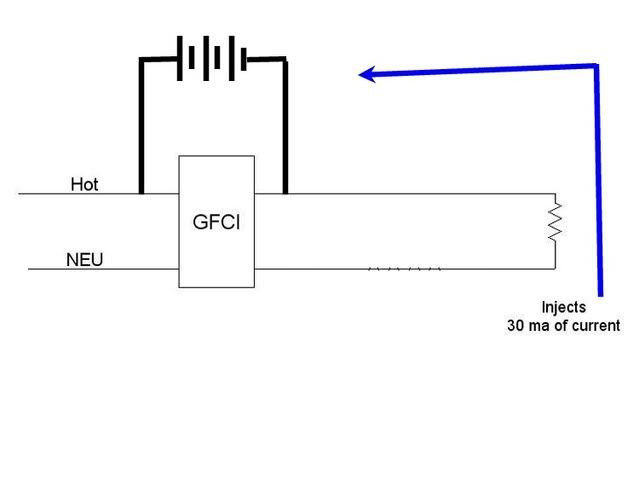Let me offer the possibility that a person might come into contact with an energized portion of a piece of equipment, without there being any contact between that same energized portion and the external metal parts to which the EGC is connected. I know, the case is supposed to be on the outside, and you are not supposed to open the case to reach inside. But it can happen; it has happened.
I changed my views of the nature of fault current and the hazards of commonplace electrical stuff about five or six years ago, when I read a short article from a Chicago area newspaper. I have added this story to the training class that I had developed on the topic of electrical theory. I have also gone on a minor campaign to teach people the importance of installing GFCI protections for all receptacle outlets outdoors (even if the grandfather rule would not require them in your house).
A woman was electrocuted while operating a weed cutting tool in her yard. The grass was wet, and the extension cord had been damaged. The fatal current path was from the breaker panel to the hot pin of the receptacle, through the ungrounded conductor of the extension cord, to the water that had entered through the break in the cord’s insulation, through water or dirt that had accumulated along the outside of the cord, into her hands, through her body, into the dirt beneath her feet, through planet Earth to the ground rod, up the GEC to the service panel, via the N-G bond point back to the service’s grounded conductor. The external case of the tool may or may not have been metal, and the cord may or may not have included a EGC. It would not have mattered. A GFCI would have saved her life, but an EGC would not have.




